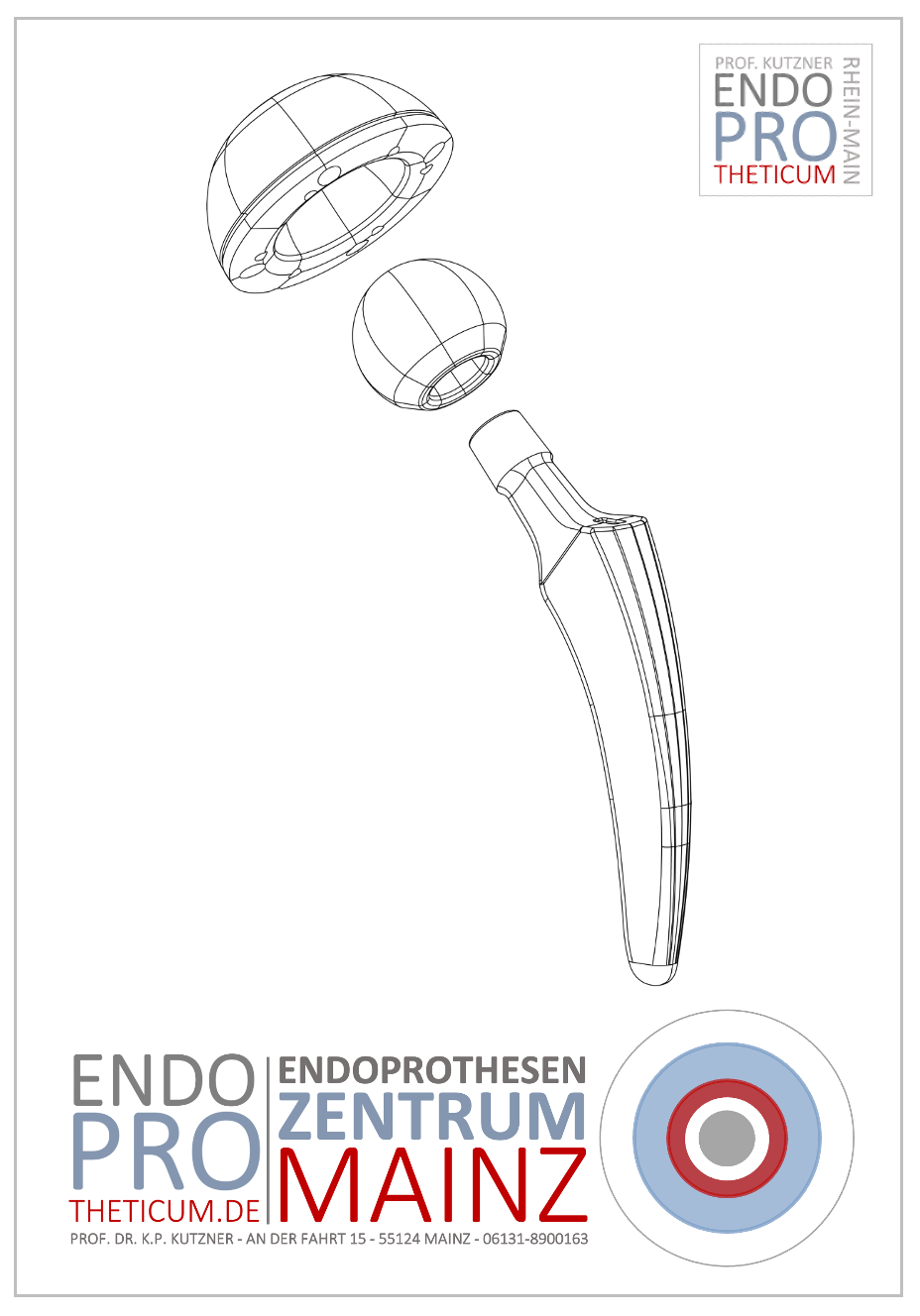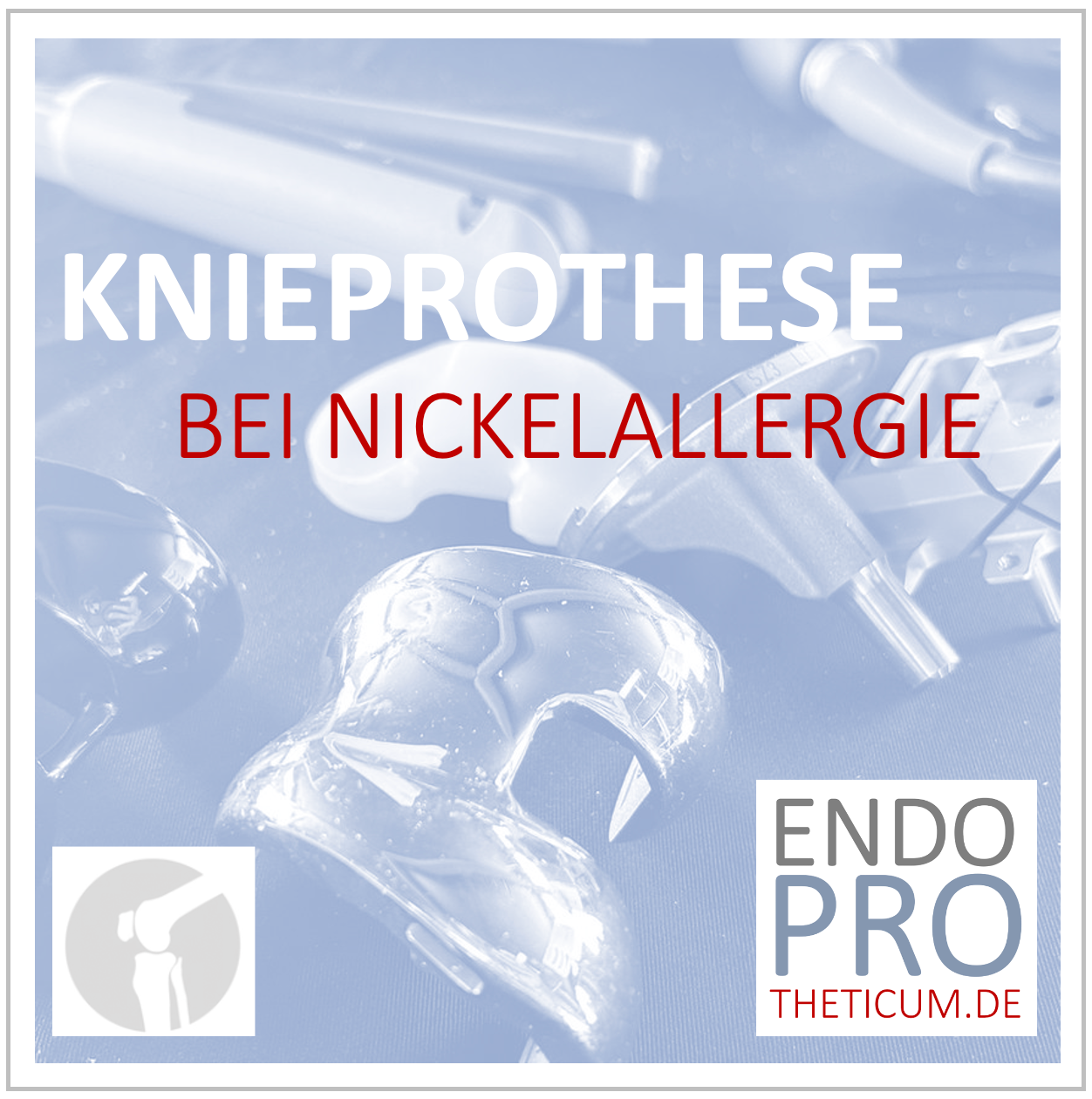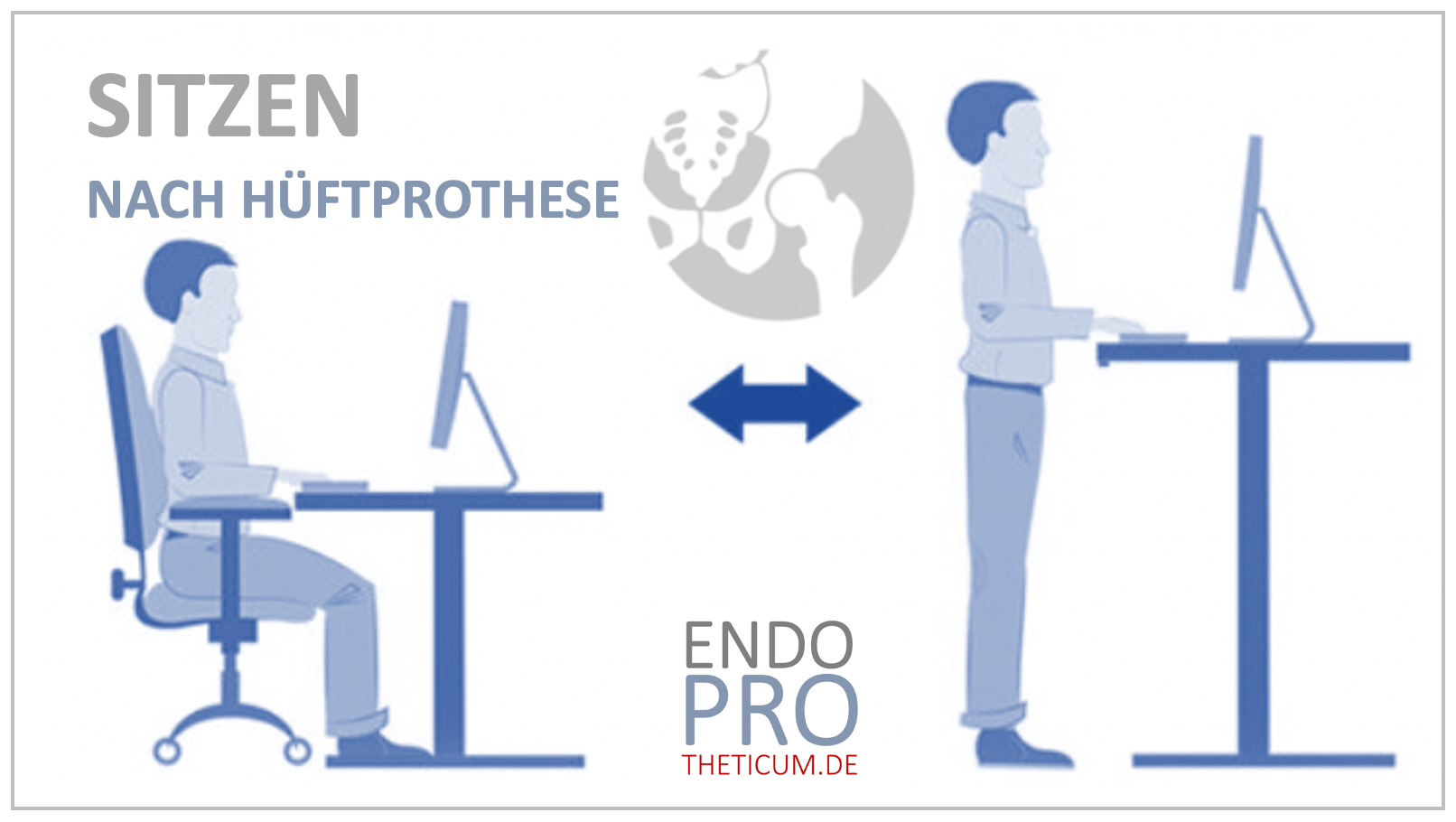Artificial hip joint: What to do if you have a leg length difference?
Instability or leg length difference: The balancing act during hip surgery (THA)

The use of an artificial hip joint is a proven method to relieve pain and regain mobility. However, complications occasionally arise that make recovery difficult. A frequently discussed consequence is the difference in leg length. This blog highlights the reasons why such differences can arise and provides an overview of preventive measures and treatment options. The unstable hip prosthesis - a contradictory problem - and its connection to the difference in leg length are also explained in more detail.
What is a leg length difference after a hip replacement?
Leg length discrepancies occur when one leg appears visually or functionally lengthened or shortened compared to the other due to the implantation of a hip prosthesis. Even a difference of a few millimeters can be noticeable to those affected and lead to discomfort. It arises either from biomechanical reasons, surgical decisions or incorrect implantation.
Causes of leg length differences
1. Surgical reasons:
A leg length discrepancy can arise from the intention to stabilize an unstable hip joint. Doctors often choose a longer prosthesis to increase the tension on the soft tissues. This is for stability, but can inevitably lead to a difference.
2. Mistakes in preoperative planning:
Imprecise or insufficient X-ray images mean that the exact compensation of the hip axis is not implemented correctly. However, digital preoperative planning methods have significantly improved this aspect.
3. Soft tissue tension:
The natural soft tissues, muscles and tendons must be correctly positioned after surgery. A joint that is too tight or too loose affects the statics and can create the feeling of a difference.
4. Bony causes:
Pre-existing differences in bone alignment – for example due to osteoarthritis or deformities – increase the risk of a difference.
Instability and leg length discrepancy: opposing challenges
An unstable prosthesis and a leg length discrepancy are two extremes that compete with each other.
Instability:
Instability can occur if the hip prosthesis is too loose. It increases the risk of dislocations (hip dislocations) and creates unsteadiness when walking. To avoid this, surgeons often choose a compromise by making the prosthesis slightly longer.
Leg length difference:
Too much extension leads to a difference. The balance between stable positioning and a leg axis of equal length represents the greatest surgical challenge.
Prevention of leg length discrepancies: Preoperative digital planning
Scaled X-ray:
Digital preoperative planning uses scaled X-rays to analyze hip anatomy with millimeter precision. This allows surgeons to determine exact shaft positions and the required size of the implant.
3D models:
In addition, 3D models enable the implantation to be recreated virtually. They help to make possible differences visible in advance and to balance them out in a targeted manner.
Simulation:
Simulations are now standard in modern clinics. The expected hip mechanics are analyzed during the movement sequence. This makes it easier to avoid unwanted anatomical changes.
Therapeutic approaches for a leg length difference after an artificial hip joint
1. Physiotherapy and gait analysis:
Slight differences can be corrected through targeted physiotherapeutic measures. Gait analyzes identify incorrect loading, which can then be adjusted individually.
2. Shoe finishes:
Orthopedic insoles or shoe modifications compensate for differences and ensure stability in everyday life.
3. Secondary operations:
Serious differences can be corrected surgically. Replacing or adjusting the prosthesis often brings about the desired adjustment.
4. Building Muscle:
By specifically building up the muscles, the tension around the prosthesis can be optimized and differences can be compensated for.
Effects of a leg length difference on everyday life
Those affected often report complaints such as back and leg pain or insecurity when walking. Uneven loading can also cause long-term damage to the joints and spine. This makes it clear how important timely diagnosis and treatment are.
Conclusion: Why careful planning is crucial
Leg length differences after a hip prosthesis can often be avoided using modern surgical methods, digital planning and experienced surgeons. If a difference does arise, effective therapy options are available. Specialized centers in particular offer the best conditions to achieve an optimal result. An artificial hip joint not only improves the quality of life, but also restores mobility - provided the implantation is carefully planned and implemented.
MAKE AN APPOINTMENT?
You are welcome to make an appointment either by phone or online .



























